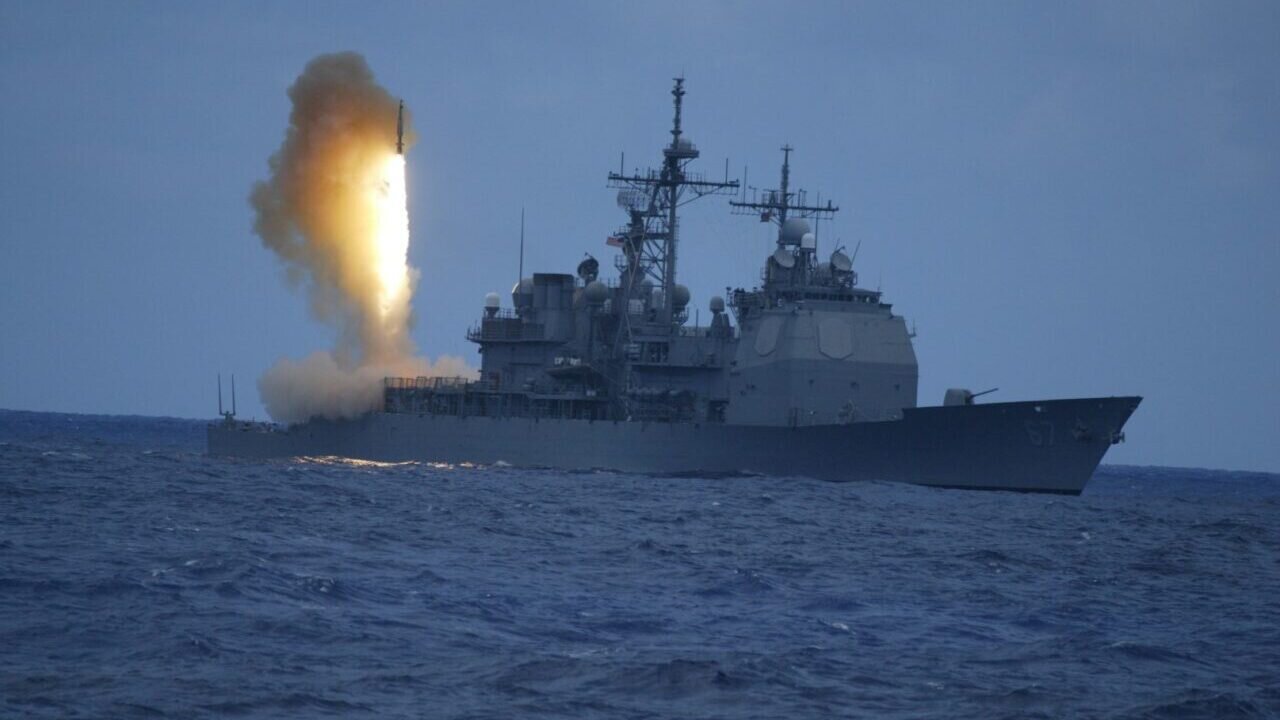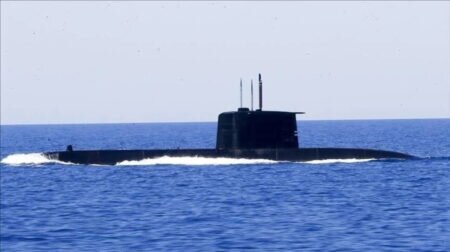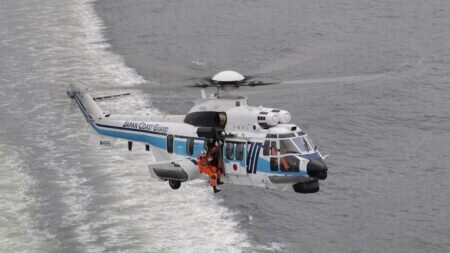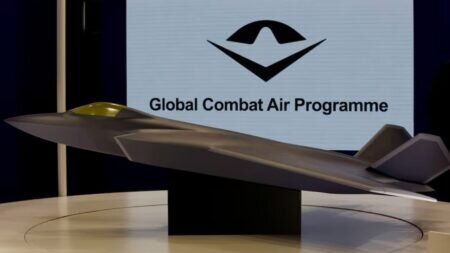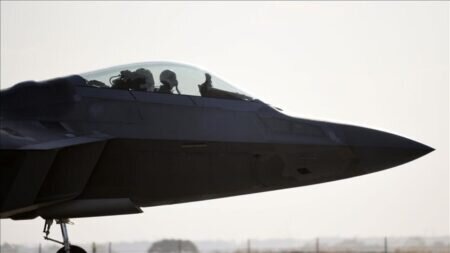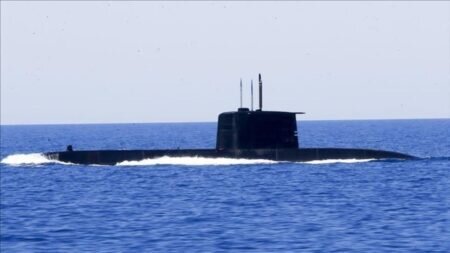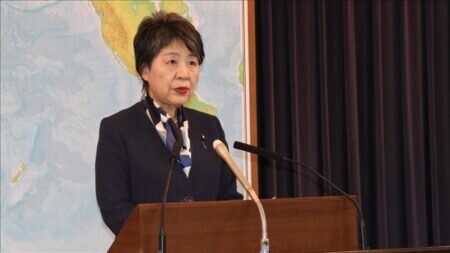During a demonstration off the coast of Hawaii, Japan's Maritime Self-Defense Force successfully intercepted short and medium-range ballistic missile targets with SM-3 Block IB and SM-3 Block IIA interceptors.
This is the first time a non-U.S. maritime service intercepted targets with both variants of interceptors and it is the first time a Japanese ship fired SM-3 Block IIA. The demonstration was conducted in partnership with the U.S. Missile Defense Agency. Both types of interceptors are made by Raytheon Missiles & Defense, a Raytheon Technologies business.
"This demonstration reinforces that partners now have greater capability with the Standard Missile family of interceptors," said Tay Fitzgerald, president of Strategic Missile Defense at Raytheon Missiles & Defense. "Allies who use SM-3 can now cooperate more fully with the United States on ballistic missile defense missions."
The multi-day Japan Flight Test Aegis Weapon System-07 included engagements of ballistic missile targets with SM-3 and a next generation subsonic aerial target with SM-2 Block IIIB.
In support of the U.S.-Japan SM-3 Block IIA Cooperative Development (SCD) Project, Japanese industry and Raytheon Missiles & Defense cooperatively designed and built the SM- 3 Block IIA variant, the world's most advanced sea-land ballistic missile defense interceptor.
In contrast to earlier SM-3 versions, Block IIA's larger rocket motors and increased kill vehicle capabilities allow for significantly greater range and performance against advanced missile threats.

